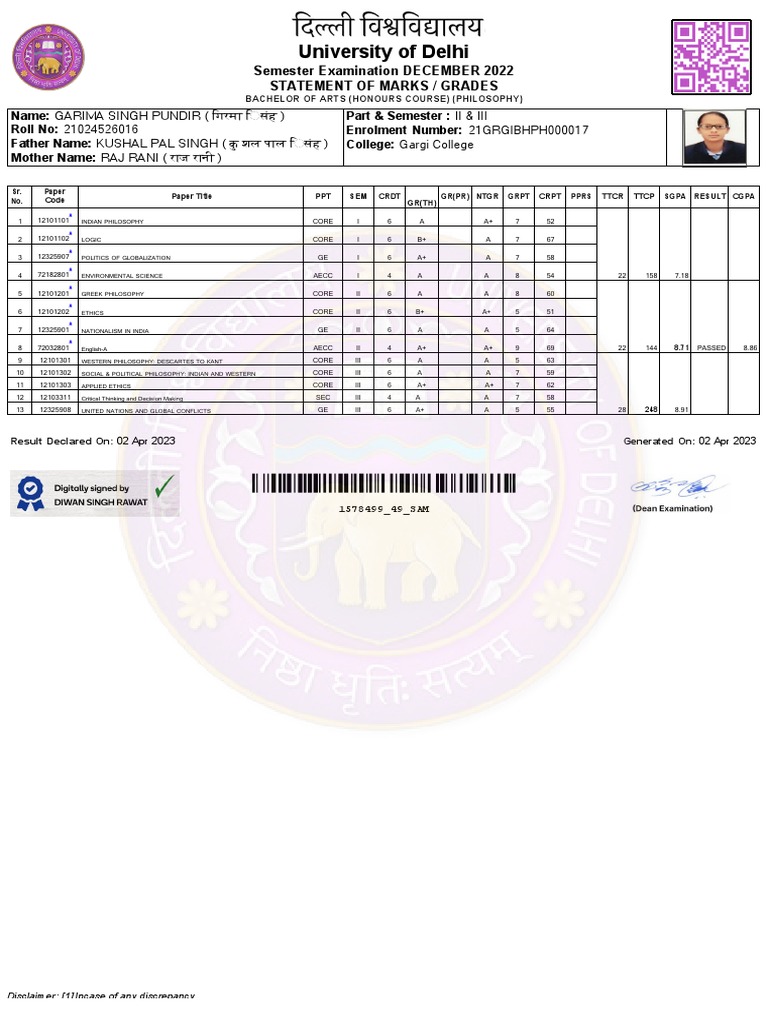Commercial agriculture is a pivotal topic within AP Human Geography, encompassing a range of practices and implications that significantly impact economies, environments, and societies. This discourse aims to unravel the multifaceted nature of commercial agriculture, examining its definition, types, spatial distribution, and consequences.
To begin, commercial agriculture can be delineated as the large-scale production of crops and livestock intended for sale rather than personal consumption. This form of agriculture is characterized by the utilization of advanced technologies, the application of scientific methods, and the reliance on market forces to maximize output. Unlike subsistence farming—where farmers grow food primarily for their families—commercial agriculture thrives on the principles of profitability and efficiency, often operating under economies of scale. The primary objective is not merely to produce food, but to do so in a manner that ensures substantial profit for operators and investors.
Different types of commercial agriculture can be identified, each with distinct characteristics and variations in practice. These include, but are not limited to, the following:
- Cash Cropping: This type of agriculture focuses exclusively on producing crops that are intended for direct sale. Examples include cotton, tobacco, coffee, and sugarcane. The crops are typically high-value and often exported, which brings significant income to farmers in many developing countries.
- Intensive and Extensive Farming: Intensive farming involves cultivating small land areas with increased investment in labor and capital to maximize yields. In contrast, extensive farming is characterized by larger land areas with lower input and yields, often seen in regions with ample land resources.
- Plantation Agriculture: Common in tropical and subtropical regions, plantation agriculture is a form of large-scale farming that specializes in the production of cash crops. This type often historically relied on imported labor and continues to significantly shape economies in regions like the Caribbean and Southeast Asia.
- Mixed Crop and Livestock Farming: This system integrates both crops and animal husbandry, allowing for diversification of products. Livestock can provide manure for fertilizing crops while crops can serve as feed, promoting a symbiotic relationship that enhances productivity.
Understanding the spatial distribution of commercial agriculture is essential for comprehending its impact on global trade and cultural landscapes. Regions such as the United States’ Midwest, known as the “Corn Belt,” exemplify areas heavily invested in commercial agriculture, primarily corn and soybean cultivation. Similarly, countries in the Global South, such as Brazil and Argentina, are becoming increasingly significant players in the export of agricultural commodities, driving their economies while often raising concerns surrounding environmental sustainability.
Moreover, advancements in technology have propelled commercial agriculture into a new era often referred to as “AgTech.” Precision agriculture employs satellite imagery, sensors, and data analytics to optimize field-level management regarding crop farming. This technological integration aims to minimize waste, enhance productivity, and ensure resilience against climate variability. However, the adoption of such technologies also raises ethical considerations, particularly concerning access inequities that exist between developed and developing nations.
Additionally, the ramifications of commercial agriculture extend beyond mere economic metrics. The environmental impacts, though also tied to economic incentives, invite significant scrutiny. Practices associated with commercial agriculture often contribute to deforestation, soil degradation, and biodiversity loss. Monoculture—the agricultural practice of growing a single crop over a wide area—can diminish ecosystem resilience, depleting soil nutrients and increasing vulnerability to pests and diseases. Furthermore, the extensive use of chemical fertilizers and pesticides raises concerns about pollution and its subsequent effects on human health and ecosystems.
Furthermore, as climate change intensifies, commercial agriculture faces unprecedented challenges. Altered weather patterns, increased drought frequency, and rising sea levels threaten traditional agricultural zones. Consequently, farmers are compelled to adapt their practices, employing innovative techniques such as crop rotation, cover cropping, and water management systems to mitigate the adverse effects of climate change.
In social terms, commercial agriculture has significant implications for rural communities and labor markets. It often attracts migratory workers, resulting in demographic shifts and cultural exchanges that can enrich local communities. However, it also raises concerns regarding labor rights, working conditions, and fair wages, issues that have prompted movements advocating for social justice within the agricultural sector.
Trade dynamics play an essential role in commercial agriculture. Agri-food products, characterized as significant commodities in international trade, are subject to the volatility of global markets. Trade policies, tariffs, and international agreements can influence the profitability and sustainability of agricultural practices. The balance between providing food security and pursuing profitable agricultural development is a continuous tension within the sphere of commercial agriculture.
In summary, the definition of commercial agriculture within AP Human Geography embodies a complex interplay of factors, including economic principles, environmental challenges, technological advancements, and social dynamics. Understanding the various types and implications of commercial agriculture is critical for comprehending contemporary agricultural practices and their broader impact on society and the environment. As climate change and globalization forge new frontiers, the future of commercial agriculture remains both promising and perilous.
